Life on Earth is a complex network of systems that keep everything ticking along smoothly – or at least, that’s how it should be. But lately, things seem to be unraveling in ways that are hard to ignore. From unpredictable weather patterns to the disappearing bee phenomenon, the signs are everywhere. Here are 13 ways our planet’s life-support systems are starting to fail. And it’s not just about polar bears on shrinking ice caps; it’s about the very fabric of life that affects you and everyone you know.
1. Climate Change Is Altering Weather Patterns

You might have noticed that the weather has become increasingly unpredictable. Winters are milder, summers are hotter, and storms are more frequent and intense. This is all linked to climate change, a shift in global or regional climate patterns largely due to human activities such as burning fossil fuels and deforestation. The Intergovernmental Panel on Climate Change (IPCC) reports that human influence has been the dominant cause of global warming since the mid-20th century. This means that the erratic weather isn’t just Mother Nature having a mood swing; it’s a man-made problem.
The consequences are far-reaching and concerning. Unpredictable weather can lead to crop failures, which could result in food shortages and higher prices at the grocery store. It can also cause more natural disasters, like hurricanes and floods, which devastate communities and economies. This unpredictability affects not just you, but farmers, business owners, and entire nations. Understanding and addressing these changes is crucial for future planning and survival.
2. Ocean Acidification Is Disrupting Marine Life

You may not see the ocean every day, but it plays a crucial role in your life by regulating the climate and providing food. However, the ocean is absorbing more carbon dioxide from the atmosphere than it can handle, leading to acidification. This change in pH levels is harmful to marine life, especially organisms with calcium carbonate shells or skeletons, like coral reefs and certain shellfish. When these creatures struggle, the entire marine food web, including fish that people rely on for food, is affected.
The impact doesn’t stop at marine creatures. Coral reefs, often called the rainforests of the sea, support about a quarter of all marine species. When reefs die, the biodiversity of the ocean takes a huge hit, which can lead to the collapse of local fishing industries. This affects food security for millions of people worldwide. So, while you might not see the effects every day, they have far-reaching implications.
3. Deforestation Is Reducing Biodiversity
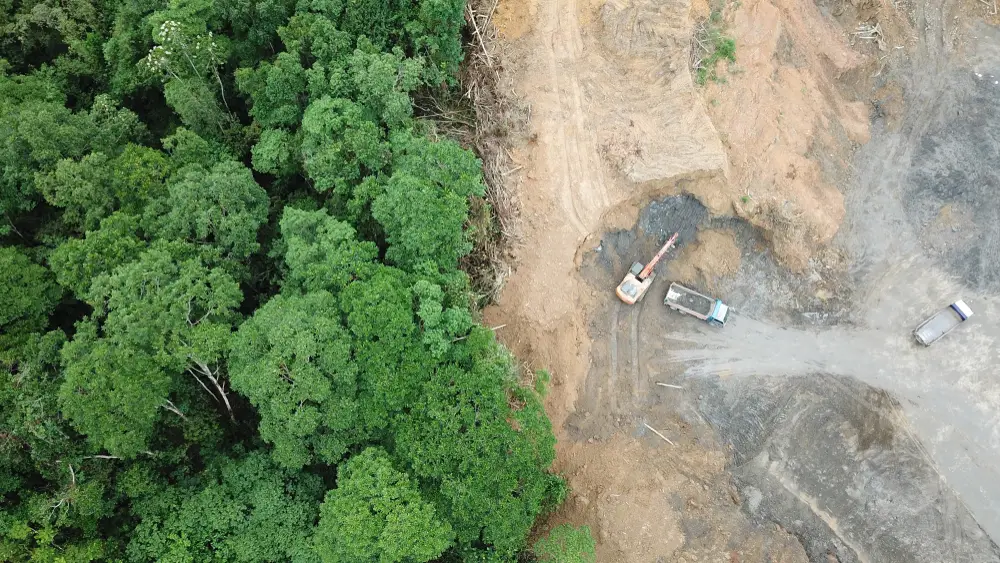
Forests are often referred to as the lungs of the planet, and for a good reason. They’re home to about 80% of the world’s terrestrial species and play a major role in carbon sequestration. But we’re cutting them down at an alarming rate, and this deforestation is causing a massive loss of biodiversity. According to Dr. Thomas Lovejoy, former ecologist and founder of the public television series “Nature,” the rate of species extinction is now estimated to be 100 times higher than the natural background rate due to deforestation. This loss isn’t just an environmental issue; it’s a socio-economic one, affecting everything from healthcare to agriculture.
When biodiversity is reduced, ecosystems can’t function as effectively. This can lead to problems like poor soil quality and decreased agricultural yields, affecting food supplies and prices. Moreover, many plants in these forests have medicinal properties; as they disappear, so do potential cures for diseases. The loss of forests also contributes to climate change, as trees that would absorb carbon dioxide are no longer there to do so. It’s a chain reaction that impacts you directly and indirectly.
4. Water Scarcity Is Becoming More Common

Water scarcity might sound like a distant problem, but it’s becoming more common and affecting more people every day. Around the world, some areas have too little water, while others have too much, but both scenarios are problematic. In places like California, prolonged droughts are drying up reservoirs and aquifers, leading to severe water restrictions. Water scarcity affects agriculture, leading to crop failures and higher prices, and it can also lead to conflicts over access to resources.
When you turn on the tap, you probably don’t think about where that water comes from, but it’s an increasingly precious resource. As the population grows and the climate changes, demand for water is outstripping supply. This imbalance can lead to problems with food production, as agriculture uses about 70% of the world’s fresh water. But it’s not just farmers who need to worry; industries and everyday consumers also feel the pinch. Without an adequate water supply, life as we know it can be severely disrupted.
5. Loss Of Pollinators Threatens Food Supplies
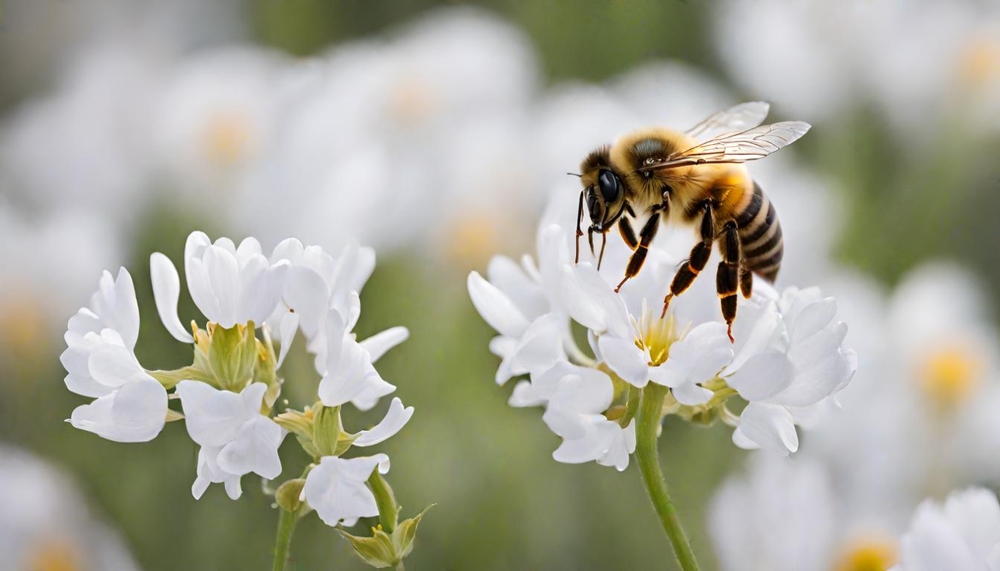
Pollinators like bees and butterflies play a critical role in the ecosystem, particularly in food production. They help in the reproduction of about 75% of the world’s flowering plants, including many of the crops that feed us. However, these vital creatures are in decline due to factors like pesticides, habitat loss, and climate change. The United Nations’ Food and Agriculture Organization (FAO) reports that 35% of invertebrate pollinators, especially bees and butterflies, face extinction. This decline poses a direct threat to global food security, impacting everything from fruit and vegetables to coffee and nuts.
When pollinators disappear, the plants that rely on them can’t produce fruit or seeds, which means less food for you and everyone else. This can lead to higher prices and reduced availability of certain foods. It also affects biodiversity, as plants that depend on pollinators can’t reproduce, leading to fewer plant species. The loss of pollinators can also harm economies, particularly in regions that rely heavily on agriculture. So, the next time you see a bee buzzing around, remember its vital role in keeping food on your table.
6. Overfishing Is Depleting Fish Stocks
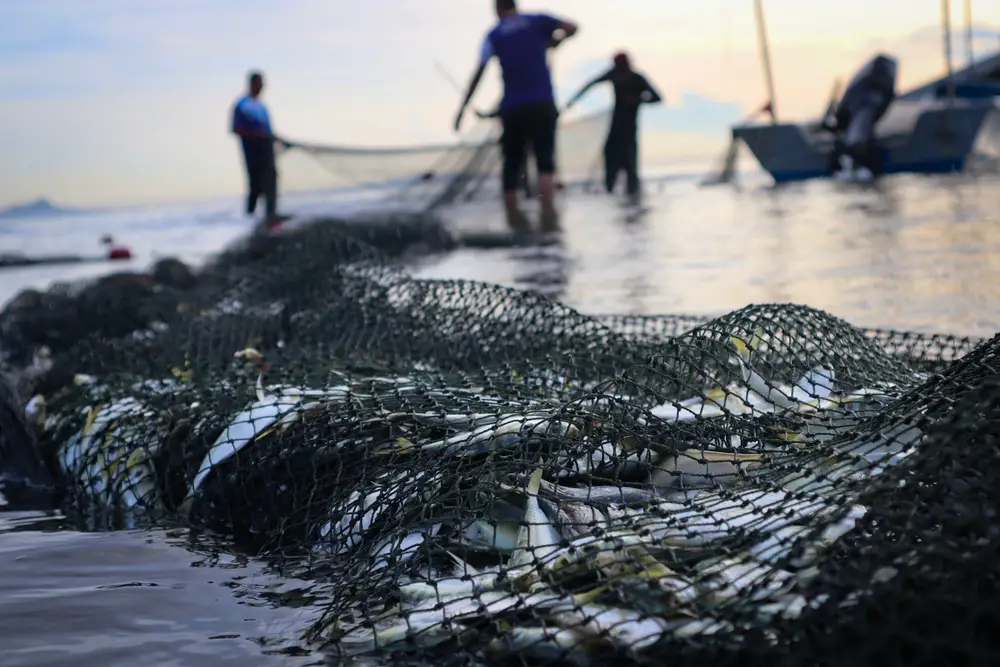
If you enjoy seafood, you’ve got a stake in the problem of overfishing. Many of the world’s fish stocks are being depleted faster than they can replenish themselves, leading to a crisis in marine biodiversity. Advances in fishing technology have made it easier to catch fish, but this has led to unsustainable practices. Fish populations can’t keep up with the demand, leading to declining catches and threatening the livelihoods of those who depend on fishing.
Overfishing doesn’t just affect the availability of fish; it disrupts entire marine ecosystems. When predatory fish are removed in large numbers, the balance of the marine food web is upset, leading to population explosions of smaller organisms. This can result in algal blooms, which can further harm marine life. It’s a domino effect that stretches from the ocean to your dinner plate. Sustainable fishing practices are essential to ensure that future generations can also enjoy seafood.
7. Soil Degradation Is Reducing Land Productivity

You might not think about soil much, but it’s more important than you might realize. Soil health is crucial for agriculture, but it’s being degraded at alarming rates due to practices like over-farming, deforestation, and industrial pollution. The United Nations estimates that 33% of the world’s soil is already degraded, and this can have dire consequences for food security and the environment. According to soil scientist Dr. Rattan Lal, improving soil health could significantly mitigate climate change and boost food production.
Poor soil quality means crops can’t grow as well, leading to lower yields and less food. This can cause food prices to rise and make it harder for people to access nutritious food. Degraded soil also can’t absorb water as effectively, leading to increased runoff and erosion. This not only affects agriculture but can also lead to increased flooding and water pollution. Improving soil health is crucial for both the environment and human survival.
8. Air Pollution Is Affecting Health And Environments
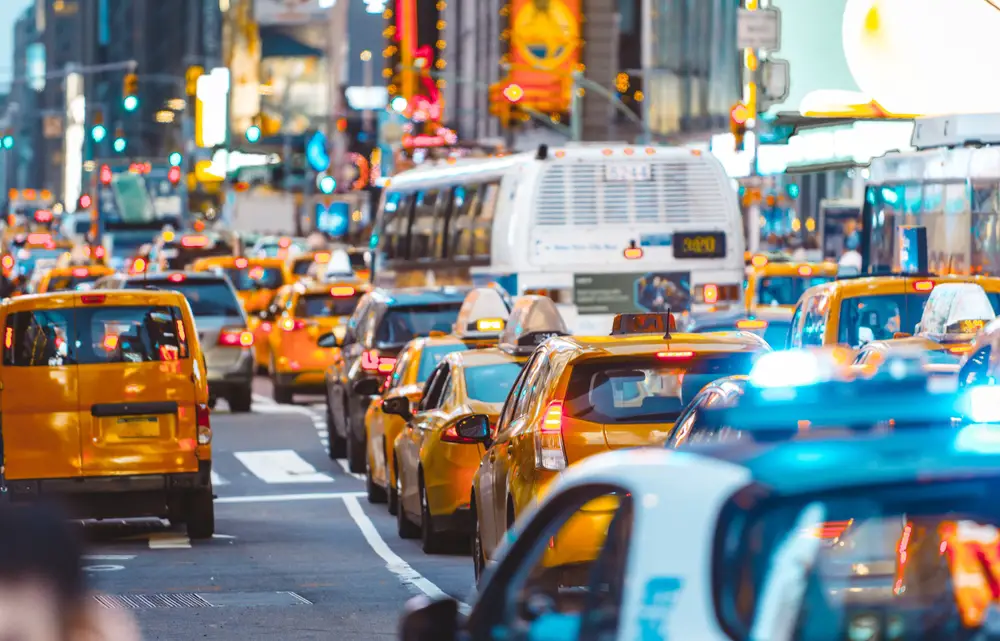
Air pollution is one of those issues that’s hard to ignore, especially when it leads to smoggy skies and breathing difficulties. It’s caused by a variety of factors, from vehicle emissions to industrial activities, and it has far-reaching effects on health and the environment. Pollutants like nitrogen dioxide and particulate matter can cause respiratory issues and exacerbate conditions like asthma. Long-term exposure is linked to more severe health issues, such as heart disease and lung cancer.
But it’s not just your health that’s at risk; air pollution also affects the environment. It can lead to acid rain, which harms plants, soils, and aquatic systems. Pollutants can also settle into bodies of water, affecting the health of marine and freshwater ecosystems. This is a problem that affects everyone, from city dwellers to rural residents. Tackling air pollution requires coordinated efforts at the local, national, and international levels.
9. Plastic Pollution Is Choking Our Planet
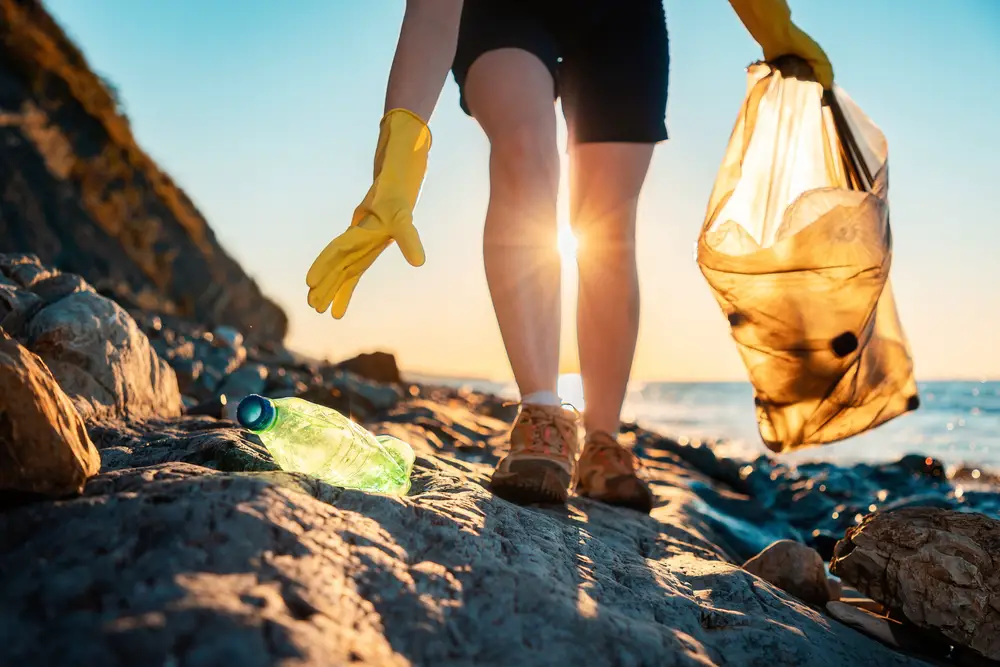
Plastic is everywhere, from packaging to products, and it’s causing serious environmental problems. It doesn’t decompose, so once it’s out there, it stays there, often ending up in oceans and waterways. Plastics break down into microplastics, which are ingested by marine life, entering the food chain and eventually making their way to you. This pollution affects wildlife and ecosystems, and it’s a problem that’s growing by the day.
The impact of plastic pollution isn’t limited to oceans and marine life. On land, plastic waste clogs rivers and drains, contributing to flooding and pollution. It’s a visual blight and can also affect soil quality and agriculture. Moreover, the production and incineration of plastic contribute to air pollution and climate change. Reducing plastic waste is an essential step in mitigating this pervasive problem.
10. Loss Of Wetlands Is Harming Ecosystems
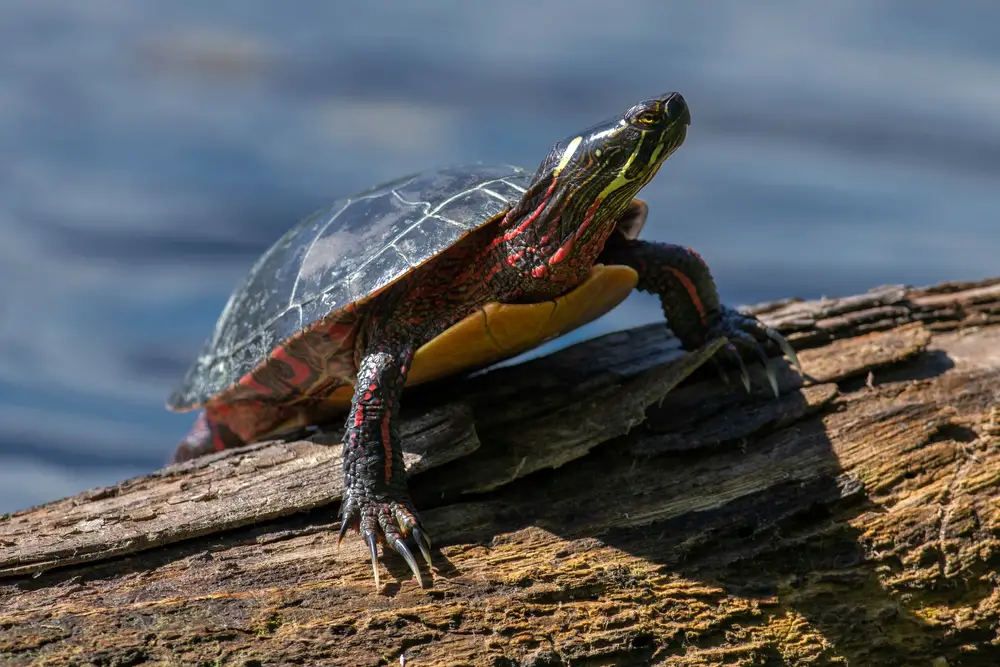
Wetlands might not seem like a big deal, but they’re incredibly important for biodiversity and the environment. They act as natural water filters, flood protectors, and habitats for countless species. Yet, they’re disappearing at an alarming rate due to development, pollution, and climate change. The loss of wetlands can lead to a decline in water quality, increased flooding, and diminished biodiversity.
When wetlands disappear, so do the species that rely on them. This can lead to a reduction in biodiversity, which has a ripple effect throughout ecosystems. Wetlands also play a crucial role in carbon sequestration, meaning their loss can contribute to climate change. Furthermore, many communities rely on wetlands for their livelihoods, especially in terms of fishing and agriculture. Protecting wetlands is crucial for maintaining ecological balance and supporting human needs.
11. Invasive Species Are Disrupting Native Ecosystems
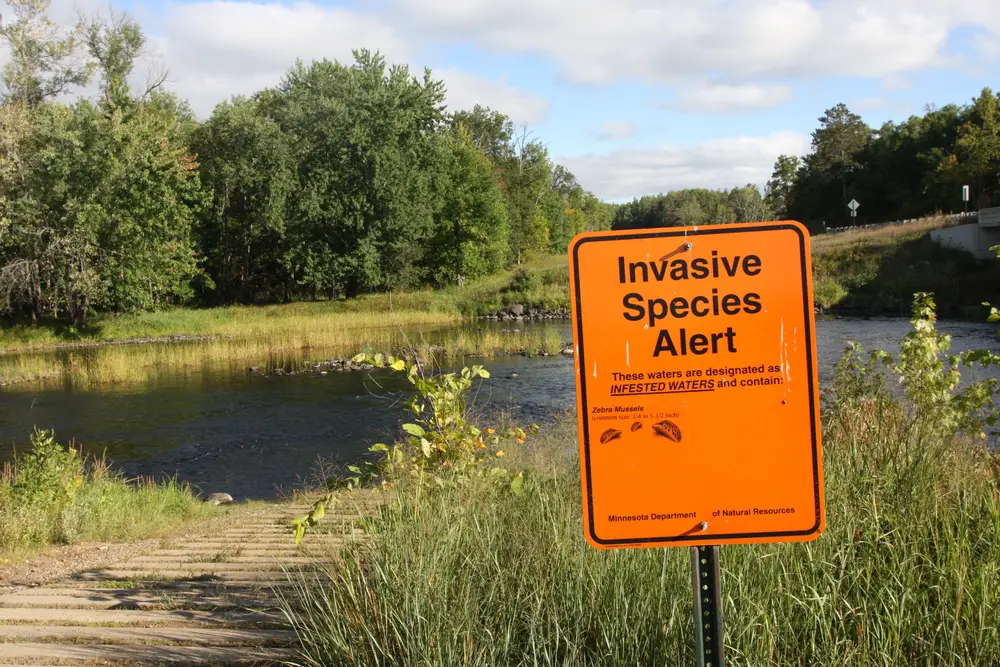
Invasive species are often introduced accidentally or intentionally and can wreak havoc on native ecosystems. They outcompete local species for resources, leading to declines or even extinctions. This can upset the natural balance and have far-reaching effects on the ecosystem, including changes in habitat and food web dynamics. Invasive species can also affect human activities by damaging crops, fisheries, and infrastructure.
The problem isn’t just environmental; it’s also economic. Managing invasive species can be costly and time-consuming, draining resources from other conservation efforts. They also pose a threat to agriculture and fisheries, which can drive up food prices and threaten livelihoods. The ripple effects of invasive species are felt far and wide, making it a problem that needs immediate attention and action. Prevention and early intervention are key in managing this issue.
12. Overpopulation Is Straining Resources

The human population continues to grow, and it’s putting a significant strain on Earth’s resources. More people mean more demand for food, water, and energy, which are already under pressure. This can lead to over-exploitation of natural resources, environmental degradation, and increased pollution. The strain on resources also contributes to socio-economic problems, like poverty, hunger, and conflict over resources.
Overpopulation doesn’t just affect resource availability; it also impacts the environment. More people mean more waste, more pollution, and more land converted for agriculture and urban development. This can lead to habitat loss and increased carbon emissions, further exacerbating climate change. It’s a complex issue that requires global cooperation and sustainable solutions to ensure a viable future for everyone.
13. Loss Of Arctic Ice Is Accelerating Climate Change
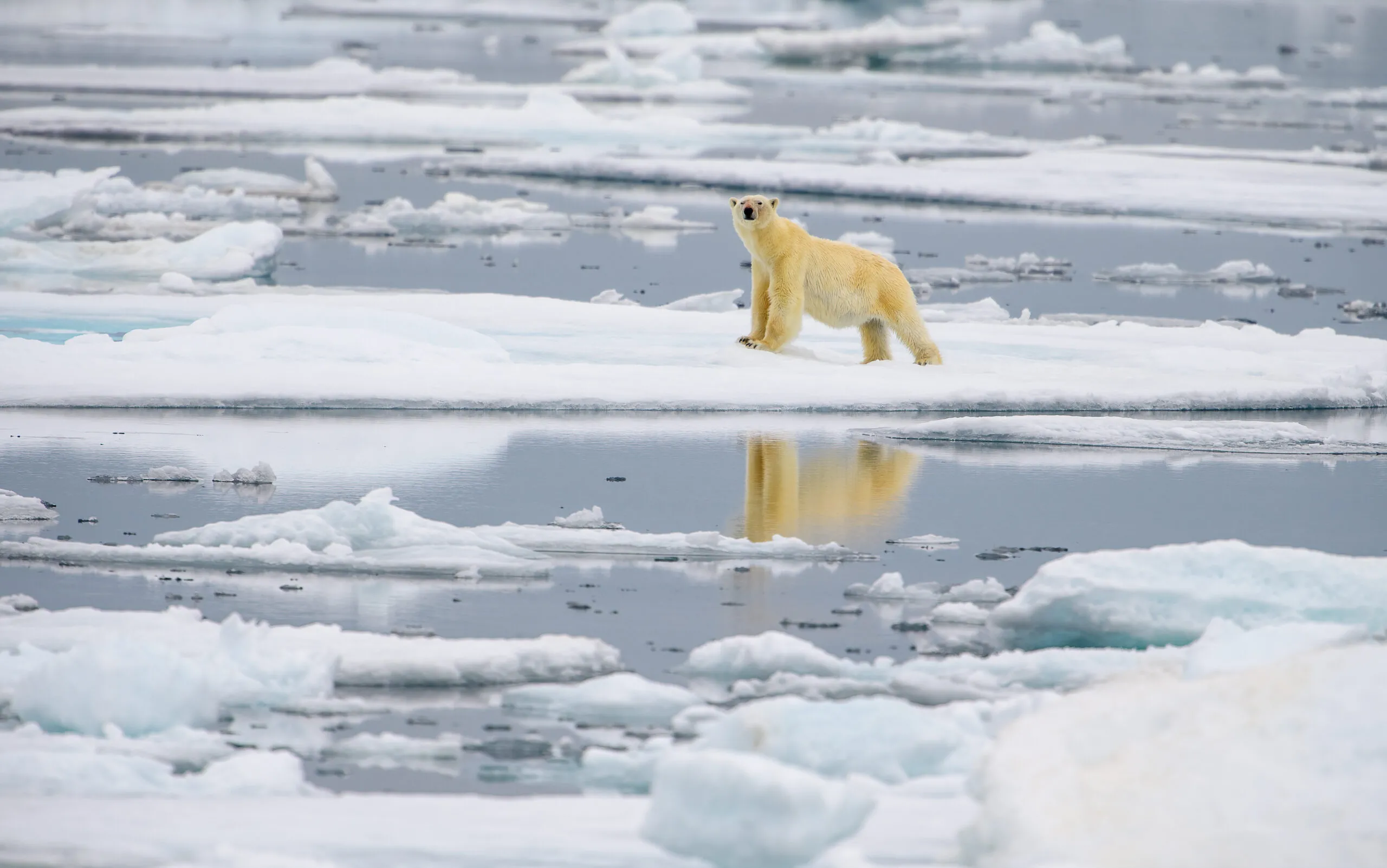
The Arctic is warming twice as fast as the rest of the planet, leading to a rapid loss of sea ice. This loss is not just a problem for polar bears; it’s a global issue that affects climate patterns worldwide. As ice melts, it exposes the dark ocean, which absorbs more heat and accelerates warming. This process is known as the albedo effect and contributes to the feedback loop that drives climate change.
The loss of Arctic ice also affects global weather patterns, contributing to extreme weather events. It can disrupt ocean currents, affecting marine life and global climate systems. Furthermore, melting ice contributes to rising sea levels, which threaten coastal communities worldwide. The Arctic may seem far away, but its health is crucial to the planet’s overall climate stability. Addressing this issue is essential for mitigating the broader impacts of climate change.
